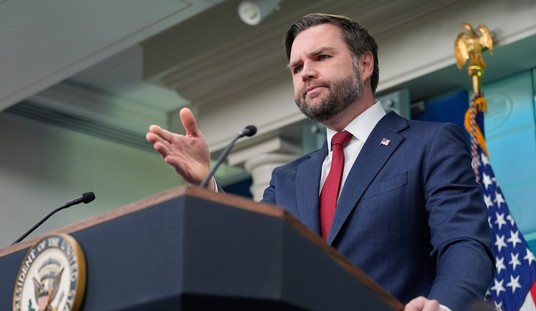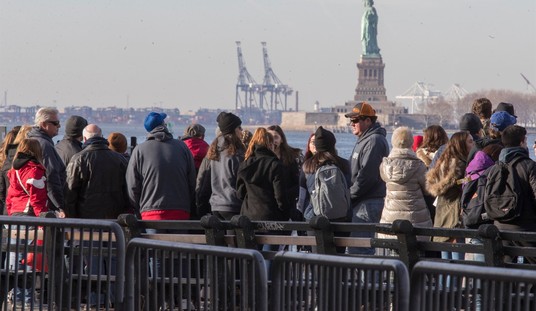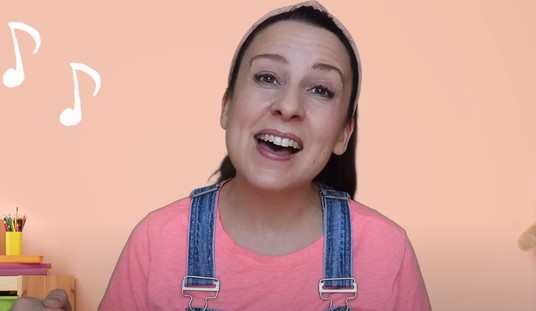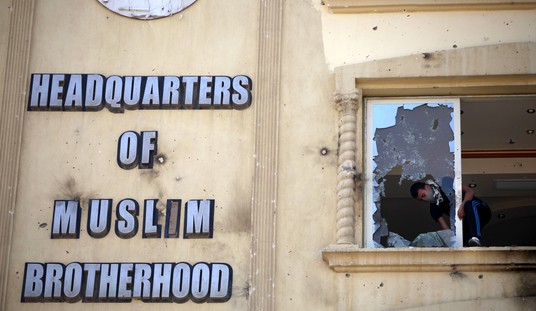=========
=========
Promoted from the diaries by streiff. Promotion does not imply endorsement.
=========
=========

Reposted from TOWNHALL April 5, 2019
With Good Friday and Easter Sunday two weeks away, I could have waited to write about Michelangelo’s Pietà — Christianity’s holiest and most revered sculpture depicting Mary cradling her son Jesus after his death on the cross. However, I feel compelled to offer a pre-Easter message about how the statue impacted my faith journey from Judaism to Christianity geared to readers who do not celebrate the resurrection of Jesus Christ.
But first, some facts about the Pietà, which in English means “The Pity.”
The Italian-born Michelangelo di Lodovico Buonarroti Simoni was only 24 years old when in 1499 he finished carving a post-crucifixion scene from a slab of Carrara marble. The sculpture was commissioned by French Cardinal Jean de Bilhères, an ambassador to the Vatican, for his funeral monument. Then, more than 200 years later during the 18th century, the Pietà was moved to St. Peter’s Basilica in Vatican City, Italy, where it resides today. (With new improved lighting installed last year.)
Only once has this treasured sculpture traveled outside of Italy – in 1964, to the New York World’s Fair, where the Pietà and I crossed paths when I was 9 years old.
Held in Flushing Meadows in the borough of Queens, the World’s Fair was the event of 1964 -1965. Proudly on display was a promising future abundant with new consumer technology sponsored (unabashedly) by America’s largest corporations.
“Peace Through Understanding” was the fair’s official theme showcased in 140 pavilions with 80 nations participating.
Among the 51 million visitors were my parents and me, who drove from our home in suburban Boston. After two days of sensory overload, we experienced the best the fair had to offer.
The longest line was at the Vatican pavilion for the headline attraction – a famous Italian statue by an artist with one name. That was the extent of my knowledge since my non-religious Jewish parents did not explain the sculpture’s significance or why it was so popular. But, it would not have mattered anyway because all I knew about religion was “we are Jewish, and Jews don’t believe in Jesus” – end of discussion.
Finally, we entered the pavilion, stepped onto a moving walkway, and I remember being awestruck by the most beautiful statue I had ever seen. It now seems implausible to write that I did not know the name of the dead man lying on the woman’s lap or the story depicted in the sculpture. Ignorance aside, the Pietà spoke to me. There was no “voice,” but I felt an imprint on the fabric of my soul with a riveting “you will never forget this” moment. (And of course, I never have.) Looking back, it was as if a seed had been planted. Eleven years later, at age 20, the “seed” blossomed, and I converted from a non-practicing Jew to a practicing Christian.
So what am I saying, and why am I telling you this?
Let’s start slowly. Regardless of one’s religious beliefs, it is nearly impossible to look at the Pietà and not experience overwhelming grief and sorrow for a mother who just lost her son. Michelangelo’s masterpiece packs such an emotional punch that you can almost see tears streaming down the marble. So powerful is the sculpture that you never forget seeing or feeling it. And here is my explanation for that:
Although the Pietà shows the immediate aftermath of Christ’s death, we know He did not die. He lives. Most important, whether or not you believe in Him, His spirit lives in you. “Christ in you, the hope of glory.” — (Colossians 1:27)
The power of the Pietà is that it radiates the greatest power in the universe — the love of Christ. When internally embraced, His love can work miracles in your life, as it has in mine, along with millions of believers over the centuries.
Through life’s ups and downs, I have learned that Jesus is patiently waiting to speak, guide, heal and love you — when you are open to receiving Him. But, the most difficult obstacle (for most people) is admitting that they need Jesus.
With Good Friday two weeks away, I pray that the Lord is using me to plant a Pietà “seed” in anyone ready to blossom with the love of the risen Christ on Easter Sunday.













Join the conversation as a VIP Member